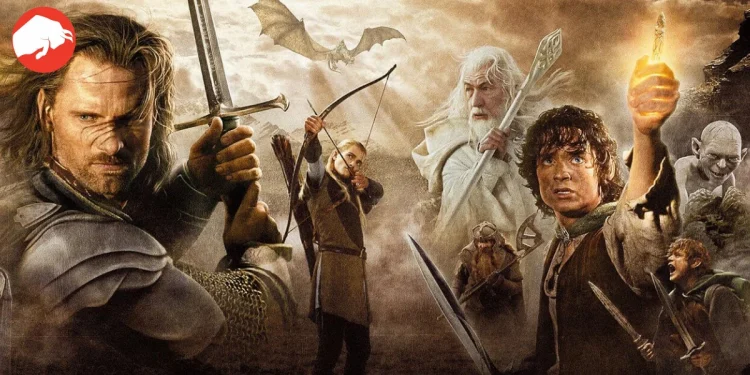If you’ve been yearning for a cinematic experience that transports you to a world of magic, mythical creatures, and unforgettable characters, look no further than Middle-earth. Yes, we’re talking about the visually stunning, emotionally resonant, and endlessly debated realm of ‘The Lord of the Rings’ and ‘The Hobbit’ film trilogies. These epic adventures have recently undergone a spectacular 4K remaster, making it the perfect moment to rewatch—or explore for the first time—these fantasy landmarks.
“Both trilogies have been remastered in 4K making them look better than ever with the epic saga really benefitting from the long-awaited visual and audio upgrade.”
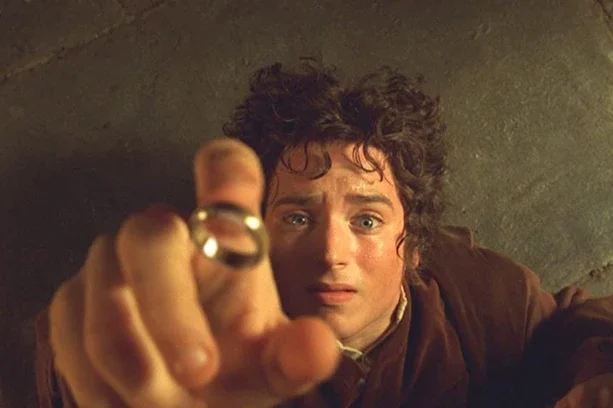
A Debate of the Ages: The Ideal Viewing Order
The cultural ripple effects of these two trilogies have been nothing short of groundbreaking, but the fan debates are just as legendary. Specifically, the question of which trilogy to watch first has divided fans into two camps: Team Hobbit and Team LOTR (Lord of the Rings).
“But the debate rages on as to the best order to watch the movies with some choosing to go for The Hobbit first, while others choosing to go with the original trilogy first.”
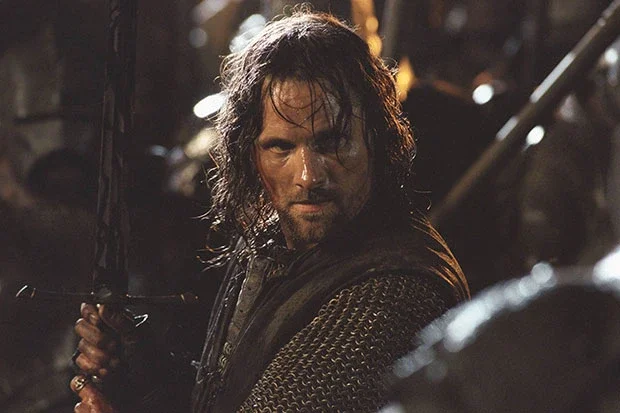
Original Release: A Classic Entry Point
Chronologically speaking, Peter Jackson directed the ‘Lord of the Rings’ trilogy first, launching with ‘The Fellowship of the Ring’ in 2001.
“The Lord of the Rings trilogy was released prior to New Line Cinema deciding to adapt the earlier novel The Hobbit as a cinematic prequel trilogy also directed by Peter Jackson.”
The release sequence is as follows:
- ‘The Lord of the Rings: The Fellowship of the Ring’ (2001)
- ‘The Lord of the Rings: The Two Towers’ (2002)
- ‘The Lord of the Rings: The Return of the King’ (2003)
- ‘The Hobbit: An Unexpected Journey’ (2012)
- ‘The Hobbit: The Desolation of Smaug’ (2013)
- ‘The Hobbit: The Battle of the Five Armies’ (2014)
Viewing the movies in this order brings a kind of classic nostalgia, diving into what many consider the trilogy’s crown jewels before moving on to the Hobbit saga.
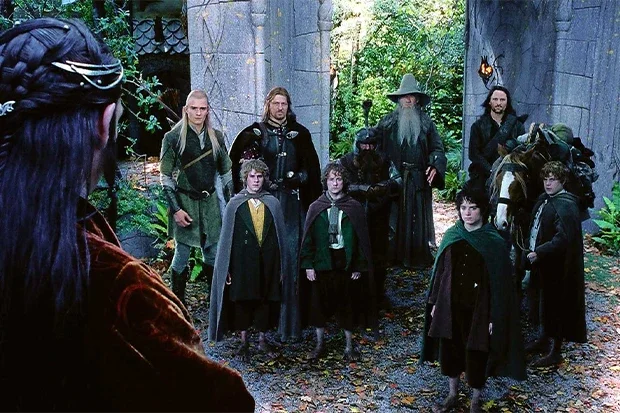
“This is the way we got them originally and while we do lean towards watching them in chronological order, this remains an enjoyable way to watch them all.”
Middle-Earth Through Time: The Chronological Route
For those who want to follow the stories in the order of the in-world timeline, starting with ‘The Hobbit’ trilogy makes the most sense.
“If you want to watch the movies in story order, this is the way you will want to go.”
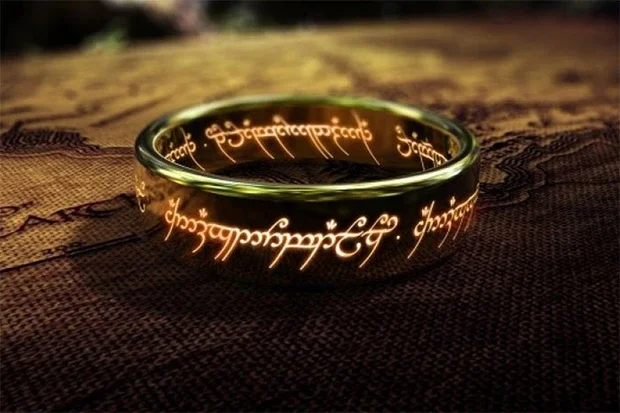
Here’s the chronological sequence:
- ‘The Hobbit: An Unexpected Journey’
- ‘The Hobbit: The Desolation of Smaug’
- ‘The Hobbit: The Battle of the Five Armies’
- ‘The Lord of the Rings: The Fellowship of the Ring’
- ‘The Lord of the Rings: The Two Towers’
- ‘The Lord of the Rings: The Return of the King’
One advantage to this is that Bilbo’s role in ‘Fellowship’ feels far more poignant after witnessing his earlier adventures. It also offers greater insight into the expansive lore of Middle-earth.
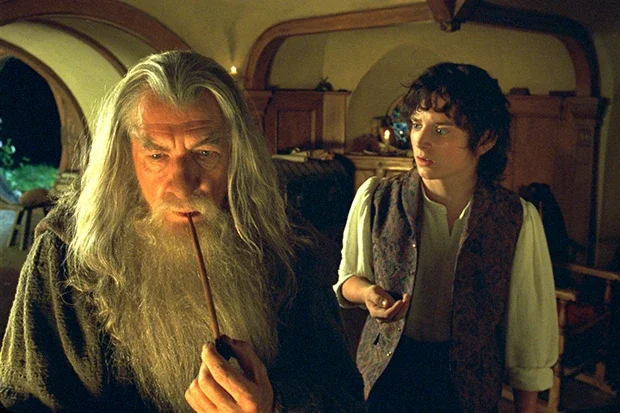
The Critical Consensus: IMDb and Rotten Tomatoes Weigh In
Audiences Have Their Say: IMDb Ratings
When you take a look at IMDb ratings, the original ‘Lord of the Rings’ trilogy takes the lead. The multi Oscar-winning ‘Return of the King’ has the highest rating of 8.9, followed closely by ‘The Fellowship of the Ring’ with 8.8 and ‘The Two Towers’ with 8.7. ‘The Hobbit’ movies generally rank lower, with ties for ‘An Unexpected Journey’ and ‘The Desolation of Smaug,’ both scoring a 7.8.
“The multi Oscar-winning Return of the King is the highest-rating and as the epic conclusion to the trilogy, it is hardly a surprise.”
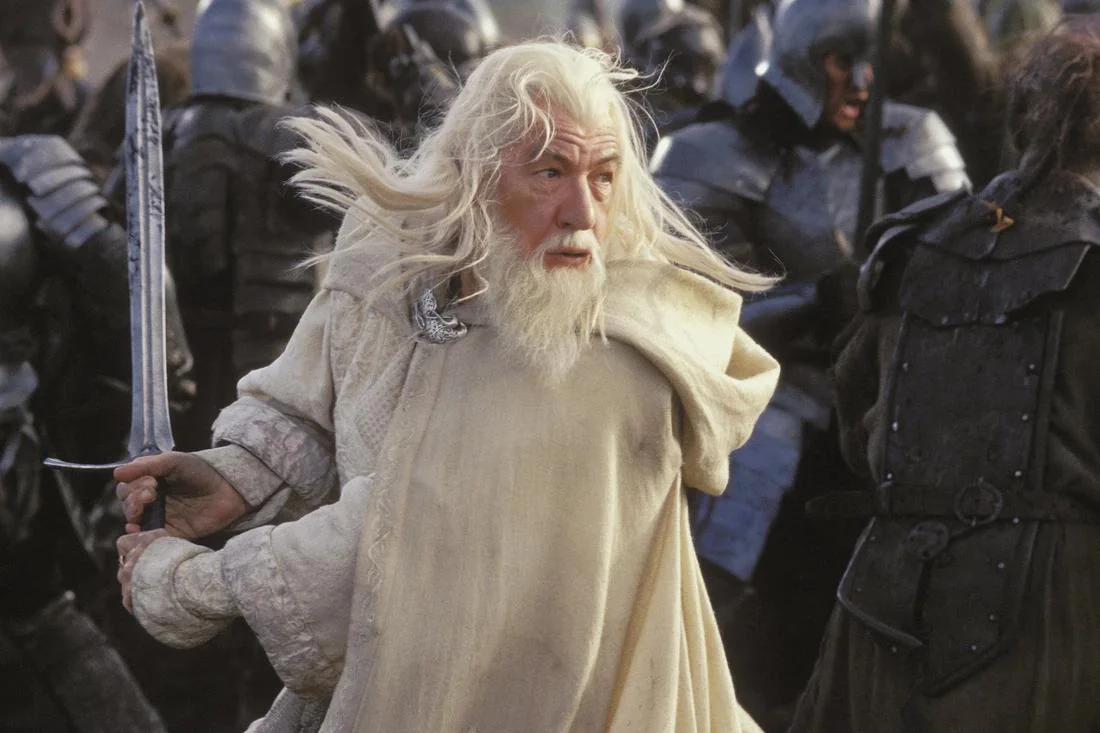
The Critics’ Take: Rotten Tomatoes Scores
The critical consensus on Rotten Tomatoes tells a similar story, with ‘The Lord of the Rings’ trilogy generally outranking ‘The Hobbit.’
“Of course, The Lord of the Rings trilogy remains the more acclaimed trilogy compared to The Hobbit.”
Interestingly, the middle chapters of both trilogies tend to score the highest among critics. Make of that what you will!


